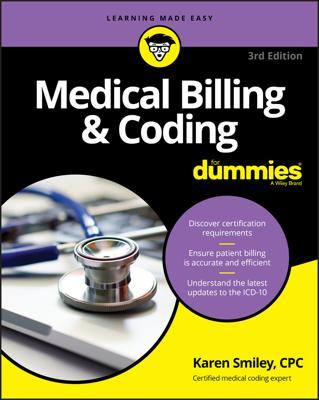Choosing hospital level codes to report hospital visits by a physician can be a challenge for even the most experienced coders. Over-coding these visits can be an invitation for unwanted attention from payer audits, so you want to have a firm grasp of the different types of hospital codes.
Hospital visit codes have different levels:
Level-one codes (the patient is getting better): This level of code is used to report the physician encounter that involves review of the patient’s condition, both by examination and by the progress the hospital staff notes in the patient’s chart.
Normally, these visits are brief, and the level of decision-making is moderate, which means that, if the patient is recovering as anticipated, proceeding to the next step of treatment or recovery is okay.
Level-two codes (the patient isn’t getting better): With level-two codes, the patient isn’t recovering as anticipated, so something else needs to be done. In this case, the physician discusses options with the patient and possibly issues revised orders for the staff; he may also order additional tests.
Level-three codes (the patient is declining fast): This level of code is for the patients who have not responded to treatment or, worse, have continued to decline. Level-three visits require more of the physician’s time and involve a higher level of decision-making, accompanied by a greater degree of risk for patient mortality.
Each level of coding comes with its own qualifying criteria. The level of medical decision-making is determined by the number of diagnoses present, the options for managing the illnesses, the amount or complexity of tests or data that the physician must review, and the level of risk to the patient for complications or death.
So when a patient is initially admitted, you use specific codes to reflect that level of service. Then you use inpatient visit codes for services rendered during the patient’s hospitalization.
If the patient is very ill, the higher-level codes may be justified; then as the patient’s condition improves, you use lower-level codes.
In the event that the patient is critically ill and E&M codes are not appropriate, you use critical care codes. These codes are time-based and support a high level of reimbursement. Keep in mind, though, that they must be fully supported to be paid. So if you have inadequate documentation to support critical care, then the higher level of E&M code is probably a better choice.

